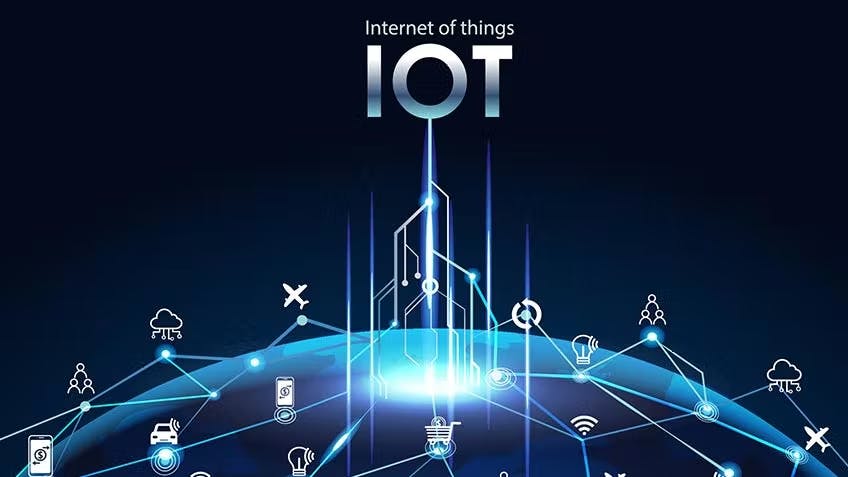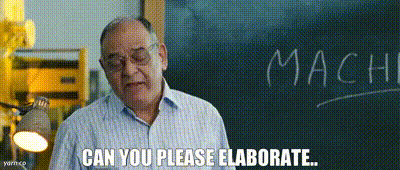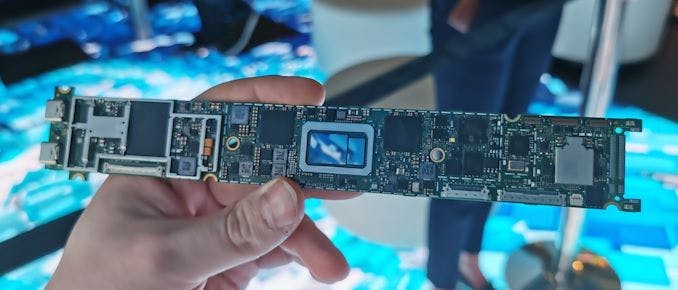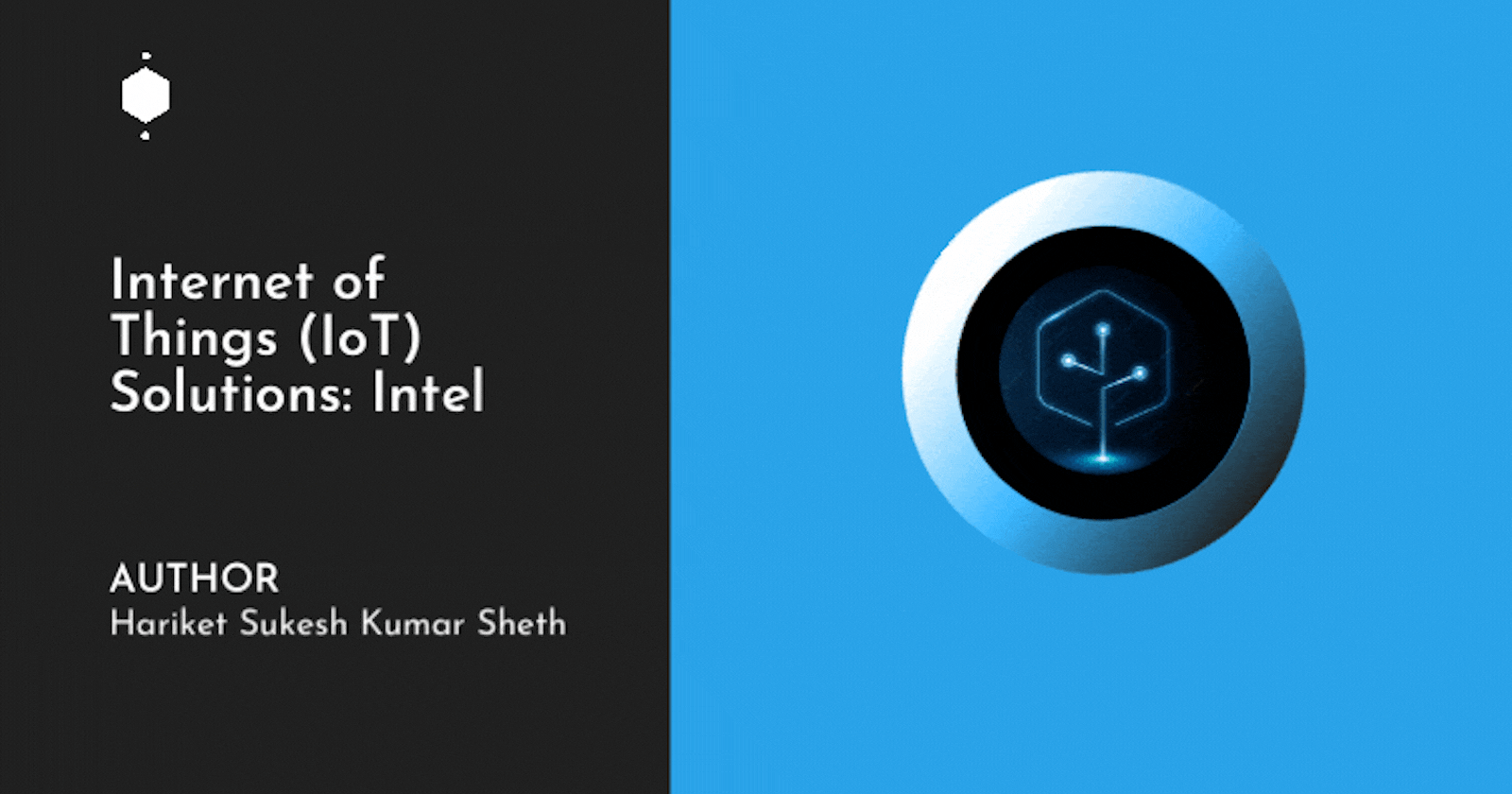Almost every element of our life is connected by sensors and networks through the Internet of Things (IoT). Scott Allen from Intel talks on the IoT's role in the digital transformation as well as new, disruptive business models that may help company interact with customers more quickly and meaningfully to better satisfy their requirements and offer more specialized goods and services.
Brief Introduction to IoT
Defining IoT

- "The term
Internet of Thingsrefers to a network of actual physical objects, orthings,that are outfitted with electronics, software, sensors, and connectivity in order to enhance their functionality and value by exchanging data with other connected devices, their manufacturer, and/or their operator. - Despite being able to communicate with one another under the current Internet infrastructure, each object has an embedded computing system that enables it to be individually identified.
What is IoT?
“If you think that the internet has changed your life, think again. The Internet of Things is about to change it all over again!” – Brendan O’Brien

Everyone has heard of the term "internet of things," but few are aware of it. Do you not agree? Many people claim that the Internet of Things is the wave of the future and a great blessing, but do we truly understand what it is? Let's examine this phrase's meaning and relevance to daily life.
- The Internet of Things, sometimes known as IoT, is a combination of two crucial terms. Internet of Things is what you get when you combine the two. So let's examine each one in turn.
- We are all extremely familiar with the phrase "internet," right? It is what? Interconnected Network is what "Internet" stands for. The Internet is a vast worldwide network of computers, tablets, phones, and servers. It is managed by certain protocols, such as the TCP/IP suite.
- The Internet links servers all over the world, just like Nokia connects people! People can improve their life through the use of the Internet.

IoT devices may share, gather, and process data locally or via cloud-based application backends.
Sensing
- Monitoring, and
- Actuating are the three special words (SMA) associated with the Internet of Things (IoT), without which IoT is insufficient
(PS:- These functions are performed by Things in IoT).
IoT and 5G
IoT and 5G will significantly change our lives over the next years, ushering in a society and setting where everything is smarter and more connected. I discussed the Internet of Things, which links many objects, including machinery, automobiles, buildings, and other things. These things can gather and exchange data because they are integrated with electronics, software, sensors, actuators, and network connectivity.
By 2020, there will be over 26 billion linked gadgets, according to analyst group Gartner (other experts put the figure significantly higher, at over 100 billion). The Internet of Things and linked infrastructures will produce zettabytes of data, more than there are people on earth, from smart cities to intelligent wind farms, agriculture, and hospitals. Six billion dollars will be invested in IoT solutions, including application development, hardware for devices, system integration, data storage, security, and connection, as we get closer to that point. However, those investments will bring in $13 trillion by 2025, so it was money well spent.
- Integration with the Internet implies that an IP address will be used by devices as a distinctive identification. However, as IPv4's address space is constrained to 4.3 billion unique addresses, IoT devices will need to adopt IPv6 in order to handle the enormous address space needed.
- Therefore, this system could grow to accommodate the vast number of items envisioned. In order to take advantage of the address space expansion, we could "assign an IPV6 address to every atom on the surface of the earth, and still have enough addresses left to do another 100+ earths," claims Steve Leibson, who describes himself as a "occasional docent at the Computer History Museum."
In other words, it would be simple for humans to give each "object" on Earth an IP address.
Vision of IoT

- The IoT vision is fairly straightforward. Making something intelligent will enable it to behave as though it were alive. I'll use one as an illustration.
- Let's say I had a raincoat. What should I do if I want to receive the weather report every morning? Yes! I'm going to insert a small device that communicates with a web-based weather service and the device's owner (me) through the Internet to enable the following interaction.
- The weather report is frequently published on a website. Every morning, my umbrella will get these reports and periodically ding me with notifications. LEDs can be used to show out these reminders and notifications.
- For instance, the Yellow LED would light under hot and sunny conditions. The Blue LED would illuminate if it were going to rain.
- Whether it would rain or be a bright day, reminders would be delivered to me (through text messages/Bluetooth). On the basis of that, I may choose whether or not to carry the Internet-connected umbrella. It's so easy, isn't it?
Intel and Internet of Things (IoT)
- We understood a lot about IoT, but lets see how
Intelis making its way into this for meeting the current needs of the market. - In order for businesses to get more data, process it more quickly, and take action on it more quickly,
Intelis enabling an IoT that is more intelligent. With Intel as your IoT partner, you can benefit from our wide range of technology, solutions, and tools to enable better operational decisions, more strategic decision-making, and disruptive innovation that will change the industry.
New improved internet of things (IoT) capabilities were disclosed by Intel. The 12th Gen, 11th Gen Intel Core processors, Intel Atom x6000E series, Intel Pentium and Celeron N and J series, and other CPUs are intended to give edge clients greater real-time, security, and artificial intelligence (AI) capabilities.
1. 12th Gen Intel Core Processors
- The first generation of processors optimised for the edge to offer performance hybrid architecture that combines Performance-cores and Efficient-cores with Intel® Thread Director was introduced by Intel as the 12th Gen Intel® CoreTM processors (codenamed Alder Lake S-series and H-series).
- The new processors offer customers in retail, manufacturing, healthcare, and digital safety increased core counts, advanced graphics/media/display, and AI capabilities, as well as a wide range of price, performance, and power. They have been improved to speed Internet of Things (IoT) application innovation.
- The 12th Generation Intel Core processor family has a number of distinctive characteristics that set it apart from competing products in the retail, healthcare, manufacturing, and entertainment industries, including:
- For higher IoT applications, high computational performance and flexibility are required.
- Deep learning and AI skills that are accelerated without extra hardware.
- Reliability under embedded usage conditions.
- To handle 4K and 8K monitors, integrated graphics processing units have been improved.
- Using hardware-based security, insecure IoT devices may be protected against attacks.
- Multiple operating systems supported by a robust ecosystem and open-source communities, allowing IoT clients to select the best operating system for their intended applications
| Security | Customers for network video recorders, video walls, and AI box analytics will be able to get greater outcomes. |
|---|---|
| Retail, Hospitality and Education | Customers in the retail, banking, hospitality, and educational sectors will be able to better coordinate their workloads and get benefits from frictionless point-of-sale systems and kiosks that enhance interactive display experiences. |
| Healthcare | Customers in the healthcare industry will be able to supply clinical equipment, endoscopy, and improved ultrasound imaging at the edge. |
| Industrial | Functionally safe real-time control systems and gadgets for industrial robotics, chemical, oil field, and energy grid control applications. |

2. 11th Gen Intel Core Processors
- The 11th Gen Core has been improved particularly for critical IoT applications that demand quick processing, computer vision, and deterministic computing with minimal latency.
- The 11th Generation processors allow real-time computing needs while offering predictable performance across a range of use cases thanks to
Intel Time Coordinated Computing(Intel TCC Technology) andtime-sensitive networking(TSN) technologies, such as:
| Industrial Sector | HMIs, industrial PCs, and mission-critical control systems (PLC, robots, etc.). |
|---|---|
| Retail, Banking & Hospitality | Automated checkout, intelligent, immersive digital signage, and interactive kiosks. |
| Healthcare | Modern medical imaging equipment with high-definition screens and AI-driven diagnoses. |
| Smart City | Intelligent network video recorders with built-in AI analytics. |

3. The Intel Atom x6000E Series, Intel Pentium
- The Intel Atom x6000E Series, Intel Pentium and Celeron N and J Series Processors, and other Intel processors are the
company's first IoT-optimized platforms. - These are the first Intel CPU platform with IoT enhancements.
- They provide improved real-time performance and efficiency, improved I/O and storage choices, integrated 2.5GbE (Gigabit Ethernet) time-sensitive networking, a dedicated real-time offload engine, up to two times better 3D graphics, and support for
out-of-bandandin-band remote device management. - There are several applications for these processors, such as:
| Transportation | Semi-autonomous bus, rail, ship, and truck controls, fleet monitoring, and management systems that coordinate inputs from several sensors and command actions. |
|---|---|
| Retail and Hospitality | High-resolution graphics-equipped fixed and portable point-of-sale systems for retail and quick service restaurants. |
| Healthcare | Low-power medical displays, carts, service robots, gateways, entry-level ultrasound devices, and kiosks that use AI and computer vision. |
| Industrial | Industrial PCs, edge servers, sophisticated controllers, machine vision systems, and virtualized control platforms can benefit industrial manufacturing customers more |

Thank you for reading my attempt at explaining Internet of Things (IoT) and how Intel is paving its way into IoT. Please feel free to comment your views on the same, do you feel that the usage of current IoT Technologies would actually bring a change or something more effective is yet to release?
Feel free to give this a thumbs up, and share it with your known ones so that more and more people get to know about IoT! 🤗
Hariket Sukesh Kumar Sheth, Intel Student Ambassador Team (VIT Chennai)
💫 Connect with me on: LinkedIn
👨🏻💻 Git Checkout my profile on: GitHub
💙 Check me out on: Twitter

